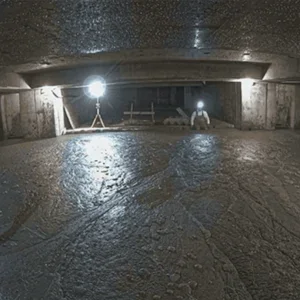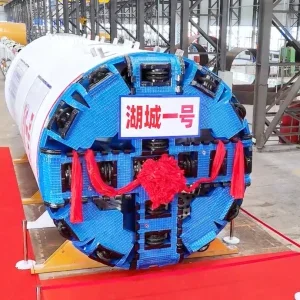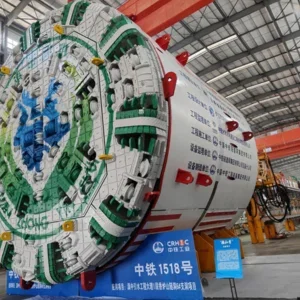The recent milestone on the UK’s landmark nuclear power station signals the completion of Balfour Beatty’s sprayed concrete lining works. The team has mined through 600m of ground using mechanical excavation and sprayed 9,000m3 of shotcrete to provide temporary support. The five onshore tunnels will now be provided with a rebar-reinforced secondary concrete lining and will form part of the power station’s critical cooling water system.
The team has also prepared three portals to facilitate the launch of three tunnel boring machines (TBM) which will excavate – under the seabed – two 3.5km intake tunnels and one 1.8km outfall tunnel. The segmentally-lined tunnels will be connected to the seabed by vertical shafts and capped with large intake and outfall heads – of which the largest is 44m long and 8m high. The first TBM started tunnelling under the Bristol Channel in September 2019 and has currently excavated over 2.5km for the first intake tunnel.
It is anticipated that Hinkley Point C will supply safe, secure, low-carbon electricity to around 6,000,000 homes. Alistair Geddes, Balfour Beatty Project Director for Hinkley Point C tunnelling and marine project said: “This is a significant step forward in the successful delivery of the first new nuclear power station in the UK for over 20 years.”
Balfour Beatty is contracted to three major packages of works at Hinkley Point C including tunnelling and marine, electrical and overhead power lines. The company’s current major project portfolio includes two design-and-build contracts for High Speed 2 (HS2) in a joint venture with Vinci; the four-year Hinkley Point C nuclear power station tunnelling and marine works package on behalf of EDF Energy; and London’s Tideway ‘super sewer’ in a joint venture with BAM Nuttall and Morgan Sindall.







